7 Virtual Laboratory Experiences for Online Chemistry Degrees: Enhancing Remote Learning in Science Education
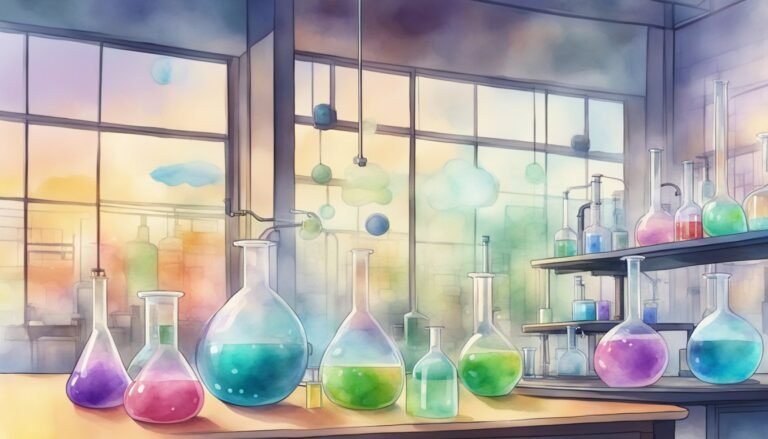
Virtual labs have changed the way students learn chemistry online.
These digital tools let you do experiments from home.
They’re great for online degrees and help you practice lab skills.
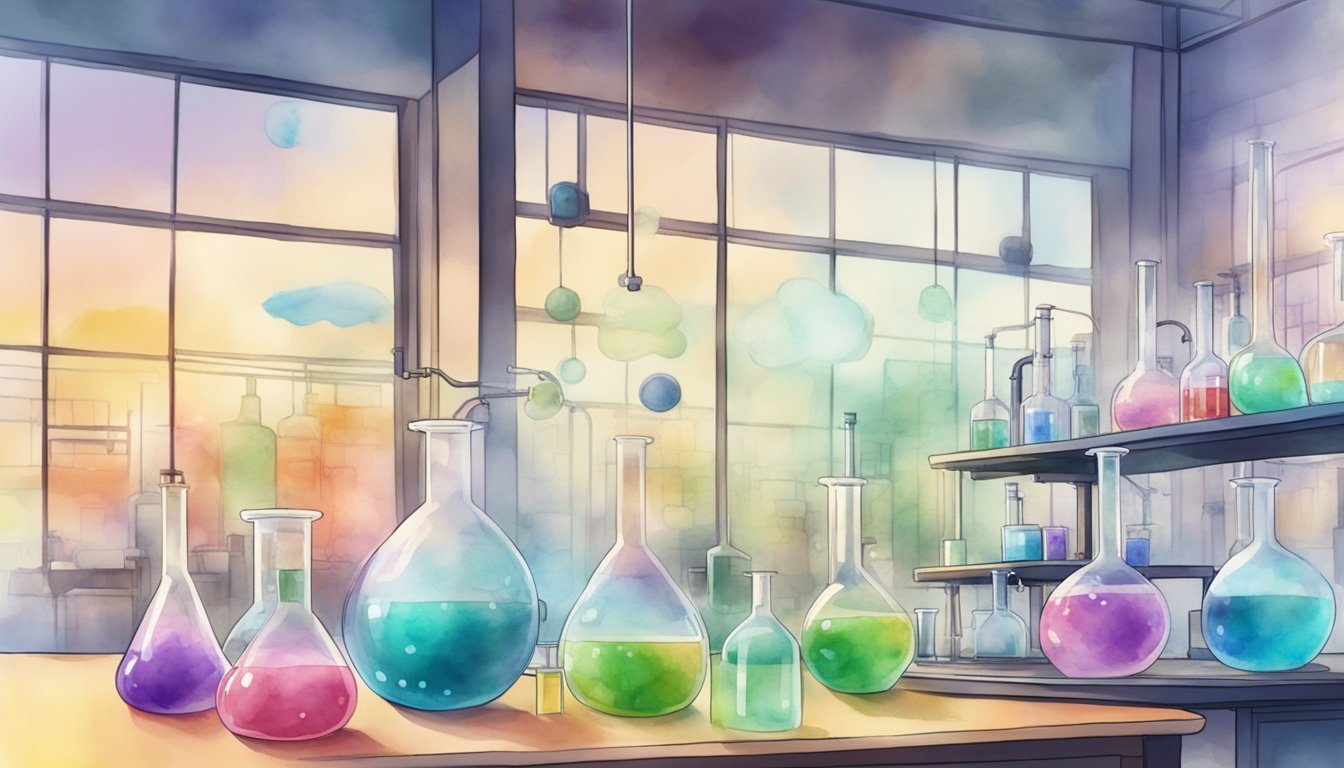
Virtual labs make online chemistry degrees more hands-on and fun. You can mix chemicals, run tests, and see results on your computer screen.
This helps you learn better and get ready for real lab work.
Let’s look at some cool virtual labs you can try.
1) Simulated Organic Reactions
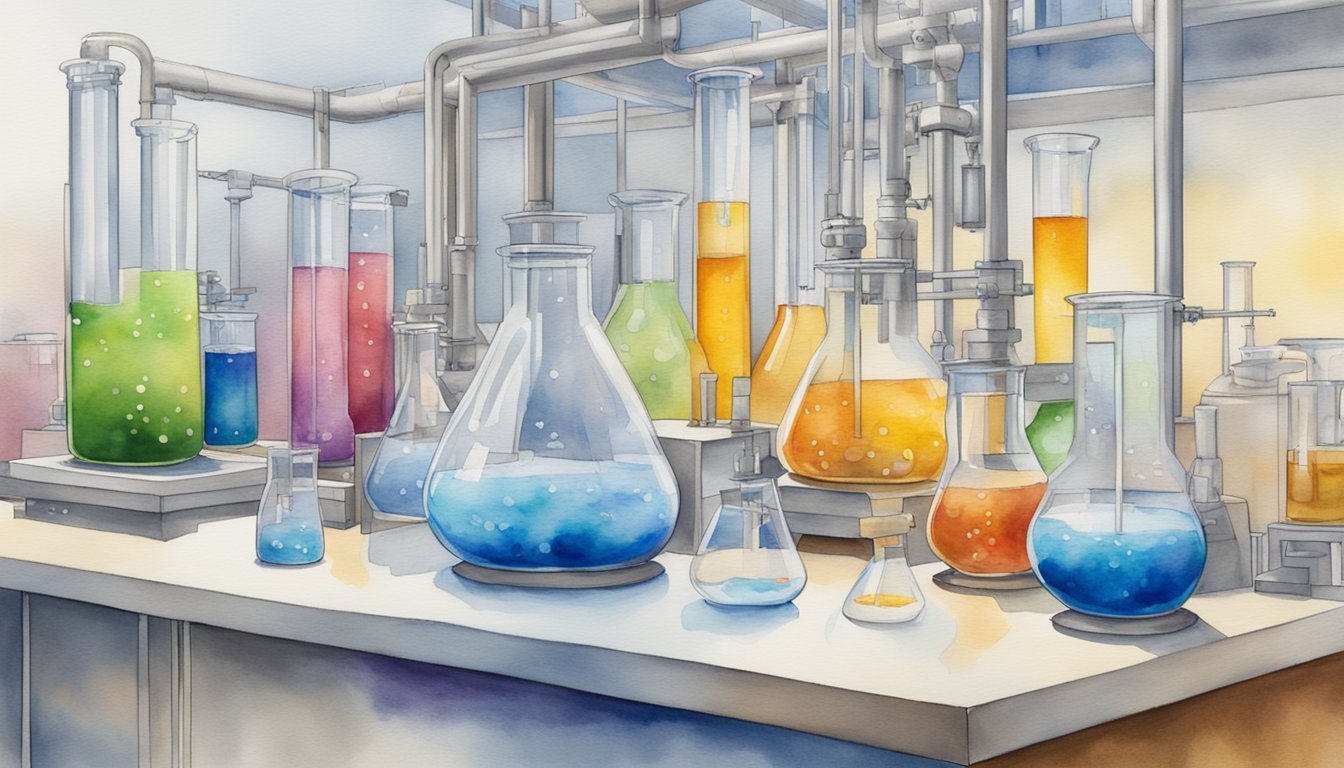
Virtual labs offer a safe and engaging way to learn organic chemistry.
You can explore complex reactions without the risks of handling real chemicals.
In these simulations, you’ll work with 3D models of molecules.
You can manipulate atoms and bonds to see how different structures affect reactivity.
Organic chemistry simulations let you study various functional groups.
You’ll learn about alkanes, alkenes, alcohols, and more.
These virtual experiments help you understand how molecular structure influences chemical behavior.
You can practice important lab techniques without leaving your computer.
Virtual distillation, extraction, and chromatography are just a few skills you’ll develop.
Many simulations include interactive quizzes and challenges.
These test your knowledge and help reinforce key concepts as you progress.
Virtual labs often feature real-world applications of organic chemistry.
You might explore the synthesis of aspirin or extract caffeine from tea leaves.
Some platforms even offer competitive elements.
You can race against the clock or other students to complete reactions correctly.
By using these virtual tools, you’ll gain practical experience with organic reactions.
This knowledge will serve you well in future lab work and chemistry courses.
2) Quantum Chemistry Simulations
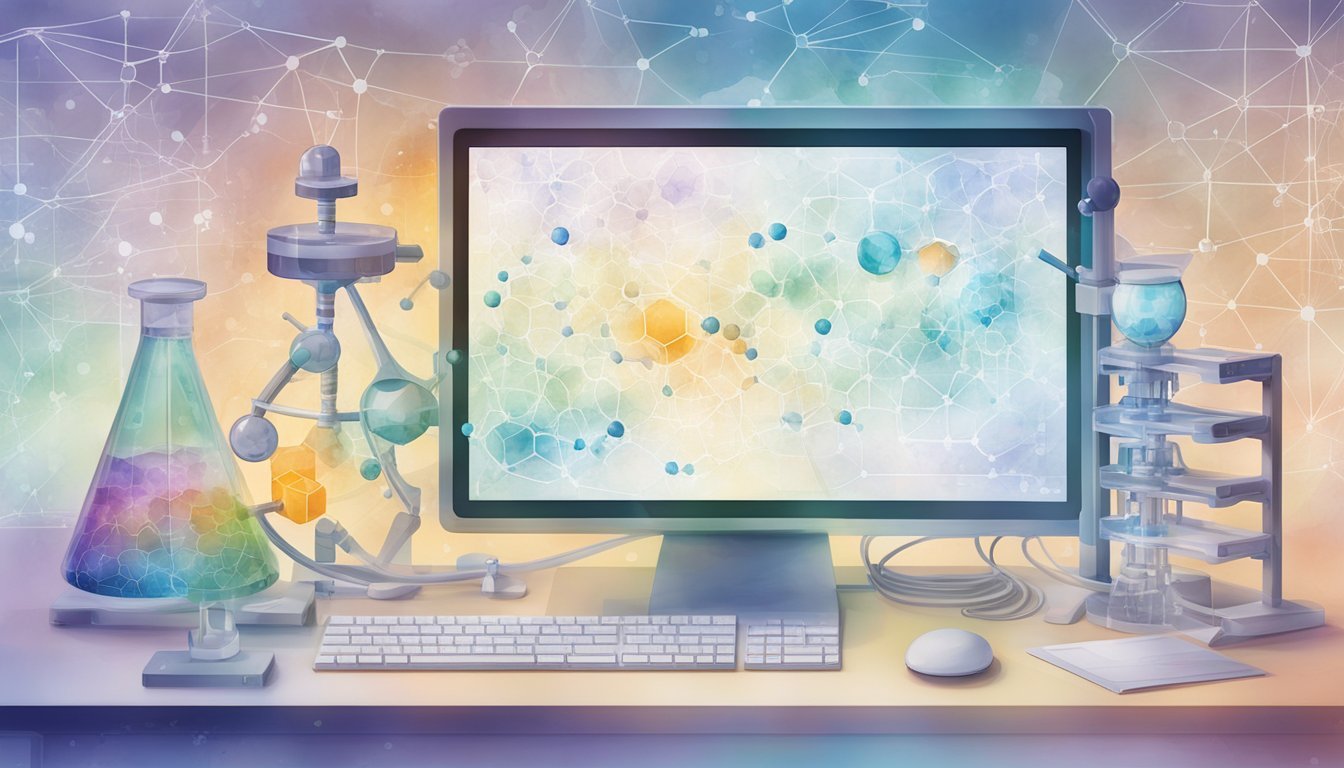
Quantum chemistry simulations offer a unique way to explore complex molecular systems.
These virtual labs let you dive into the world of atoms and electrons without needing expensive equipment.
With quantum computing for chemistry, you can model chemical reactions and molecular properties faster than ever before.
These simulations help you understand how molecules behave at the quantum level.
You’ll get hands-on experience with cutting-edge tools used in research.
Many quantum chemistry simulations use drag-and-drop interfaces, making them easy to use even if you’re new to the field.
Virtual Lab by Quantum Flytrap is one example of a no-code platform for quantum experiments.
It lets you set up advanced simulations without needing to write complex code.
These labs often include visualizations that bring quantum concepts to life.
You can see electron orbitals, molecular vibrations, and other phenomena that are usually invisible.
Quantum chemistry simulations also teach you about important concepts like wave functions, energy levels, and molecular symmetry.
You’ll learn how these ideas apply to real-world chemistry problems.
As you use these virtual labs, you’ll develop skills that are valuable in both academic and industrial settings.
Many companies now use quantum simulations for drug discovery and materials science.
3) Virtual Titration Lab
Virtual titration labs let you do acid-base experiments online.
You can add one solution to another and watch the color change.
These labs help you learn about pH and chemical reactions.
You’ll use digital tools that look like real lab equipment.
In a virtual titration lab, you can practice measuring and mixing chemicals safely.
You’ll see how different acids and bases react.
You can try many experiments without using real chemicals.
This saves money and time.
It also lets you make mistakes without any danger.
Virtual labs show you how to use a buret and read measurements.
You’ll learn to pick the right indicator for each titration.
Some labs let you plot titration curves as you work.
This helps you see how pH changes during the reaction.
You can repeat experiments as many times as you want.
This helps you get better at predicting results.
Virtual titrations prepare you for real lab work.
They teach you the steps to follow and what to expect.
These labs work well for online classes.
You can do them anytime, anywhere.
They give you hands-on experience without needing a physical lab.
4) NMR Spectroscopy Virtual Experience
NMR spectroscopy is a powerful tool for analyzing chemical structures.
Virtual labs offer you the chance to practice interpreting NMR spectra without access to expensive equipment.
In these simulations, you’ll learn to identify key features of proton and carbon-13 NMR spectra.
You’ll examine chemical shifts, coupling patterns, and integration values to deduce molecular structures.
Many virtual NMR labs let you draw molecules and generate their predicted spectra.
This helps you understand how structural changes affect spectral patterns.
You can simulate NMR and mass spectra for molecules you draw using online tools.
Some programs challenge you to solve “molecular puzzles” by matching unknown compounds to their NMR data.
This builds your skills in spectral analysis and structure determination.
Virtual NMR labs often include interactive tutorials on spectroscopy basics.
You’ll learn about shielding effects, spin-spin coupling, and other core concepts.
Advanced simulations may cover more complex techniques like 2D NMR.
These prepare you for interpreting real-world spectra of organic and biological molecules.
By practicing with virtual NMR spectroscopy tools, you’ll gain confidence in your analytical abilities.
These skills are vital for many areas of chemistry research and industry.
5) Interactive Periodic Table
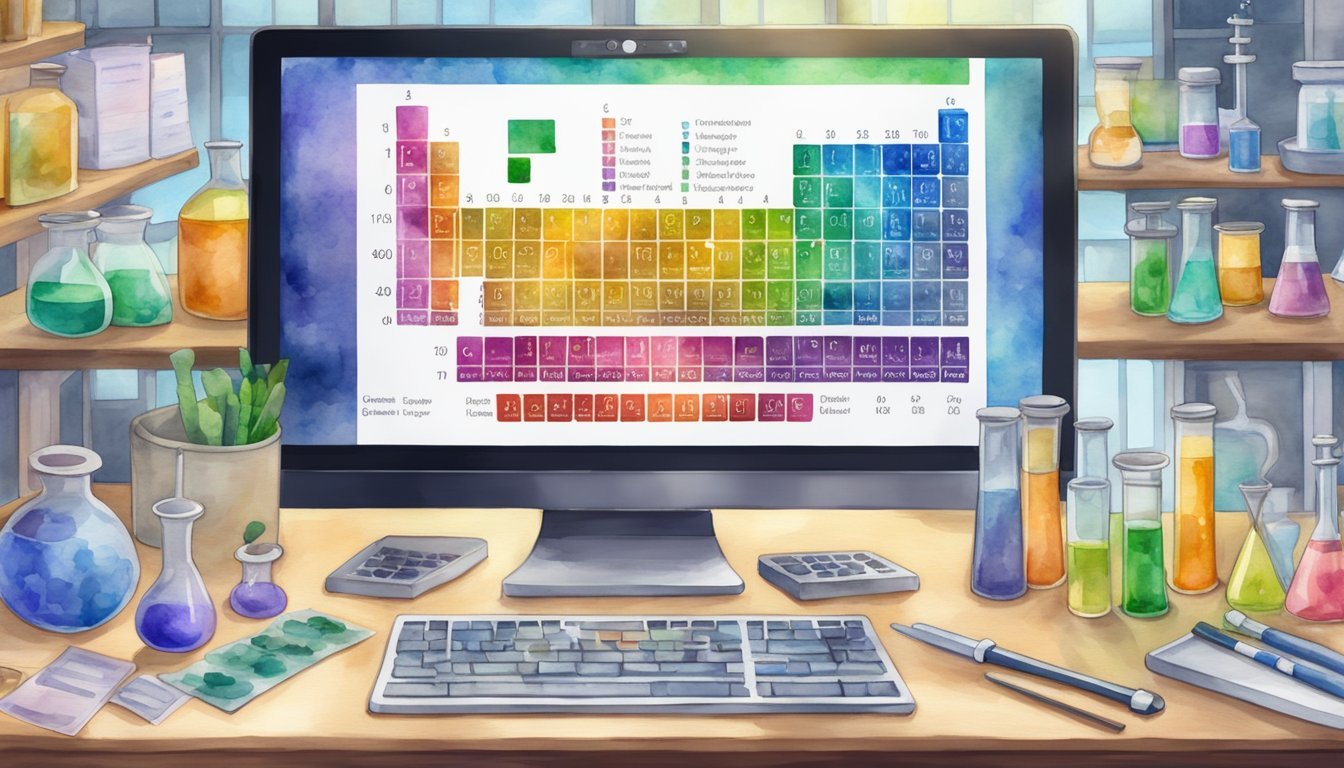
The periodic table is a key tool for chemistry students.
Virtual interactive periodic tables offer a dynamic way to explore chemical elements.
ChemTalk’s interactive periodic table brings the elements to life.
You can click on each element to learn more about its properties and uses.
Another great option is Ptable.
It shows element names, electrons, and oxidation states.
You can even visualize 3D orbitals and mix compounds.
These tools let you see trends across the table.
You can compare elements side by side and understand their relationships.
Interactive tables often include extra features.
Some show electron configurations or isotopes.
Others let you sort elements by different properties.
Many tables are color-coded.
This helps you quickly identify element groups and periods.
It makes learning the table’s organization easier.
Some interactive tables include real-world examples of each element.
This connects abstract concepts to everyday life.
Virtual periodic tables are available anytime.
You can access them on computers or mobile devices.
This makes studying chemistry more flexible.
Using these tools can improve your understanding of chemical elements.
They make learning the periodic table more engaging and fun.
6) Molecular Docking Simulations
Molecular docking simulations are a key part of virtual chemistry labs.
These simulations let you study how drugs interact with proteins in the body.
You’ll use special software to predict how molecules bind to each other.
This helps in drug design and discovery.
Popular programs for this include AutoDock Vina and UCSF Chimera.
These tools are often free for academic use.
In a typical simulation, you’ll start with a protein target and a small molecule drug.
The software will try different positions to see how well they fit together.
You can visualize the results in 3D.
This helps you understand which parts of the molecule are important for binding.
These simulations teach you about protein-ligand interactions.
You’ll learn how shape and chemical properties affect binding.
Virtual docking labs let you test many different molecules quickly.
This is much faster and cheaper than real-world experiments.
You’ll also learn how to interpret docking scores.
These tell you how strongly a molecule might bind to its target.
By doing these simulations, you’ll gain skills used in real pharmaceutical research.
This hands-on experience is valuable for your future career in chemistry.
7) Virtual Chemical Safety Training
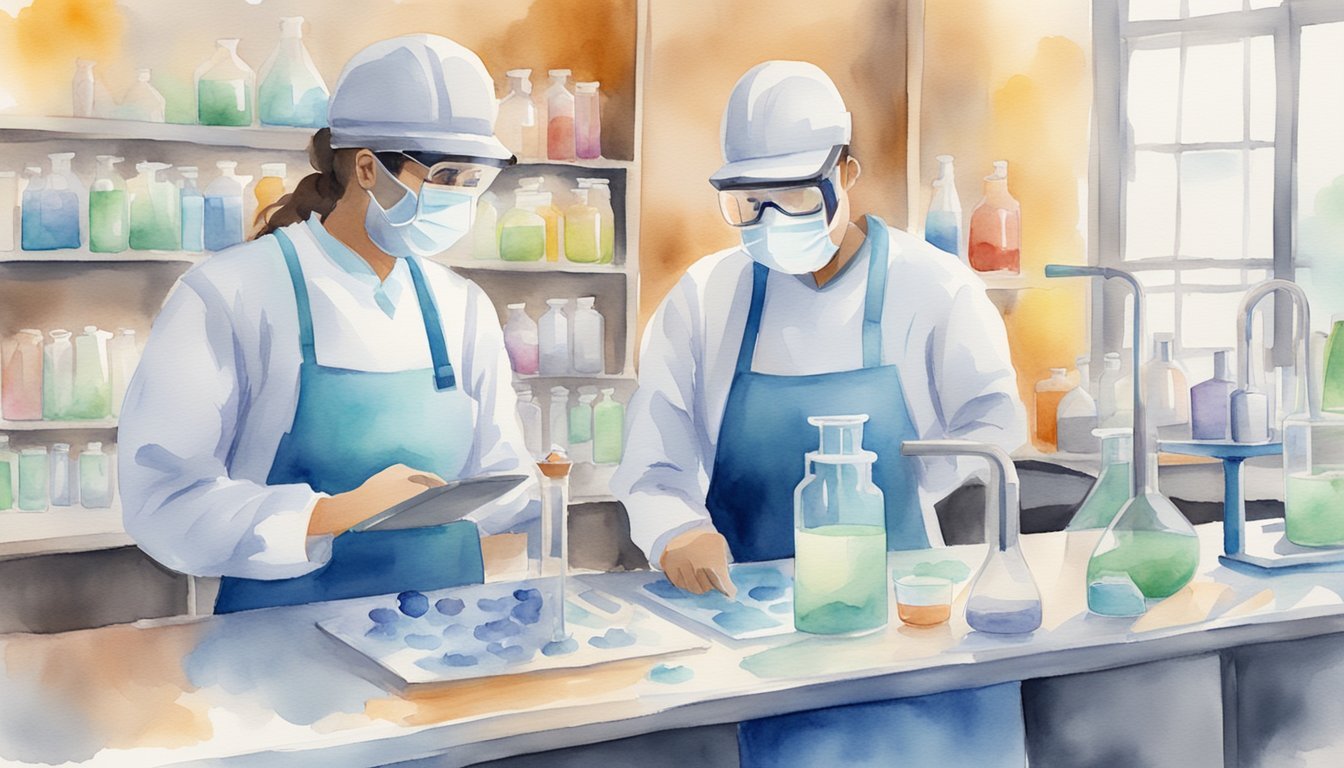
Virtual chemical safety training is a key part of online chemistry degrees.
It teaches you how to stay safe in a lab setting without being in a real lab.
Digital laboratory safety training platforms offer ways to learn about lab safety from home.
These platforms often have different modules that cover various safety topics.
You can learn about proper handling of chemicals, use of safety equipment, and emergency procedures.
These skills are vital for any chemist, whether working in a physical or virtual lab.
Many schools now require students to complete virtual laboratory safety training before taking lab courses.
This ensures you have a solid foundation in safety practices.
Virtual reality (VR) can make safety training more engaging.
With VR, you can practice lab safety in a 3D environment.
This gives you a chance to learn by doing, even if you’re not in a real lab.
Some online courses use hands-on components with carefully controlled materials.
This allows you to practice safety skills with real chemicals while following strict guidelines.
By completing virtual chemical safety training, you’ll be well-prepared for future lab work.
You’ll learn crucial skills that keep you and others safe in any lab setting.
Importance Of Virtual Labs In Online Chemistry Degrees
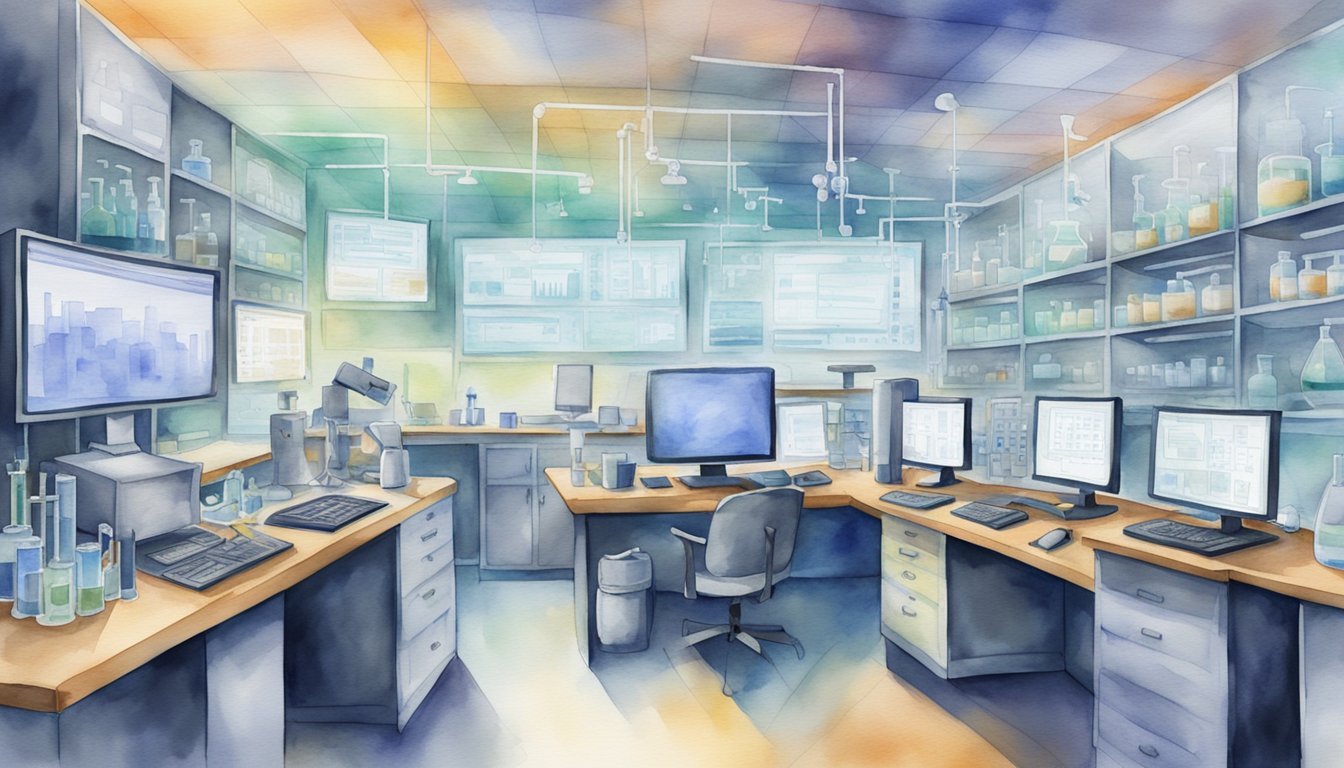
Virtual labs play a crucial role in online chemistry degrees.
They give students a chance to do experiments and learn hands-on skills without going to a physical lab.
Let’s look at two key ways virtual labs help chemistry students.
Enhancing Student Engagement
Virtual labs make learning chemistry more fun and interesting.
You can try different experiments without fear of making mistakes.
These labs let you see chemical reactions up close, often in ways not possible in a real lab.
Virtual chemistry experiments are like games that teach you chemistry.
You can play with chemicals and see what happens.
This helps you remember what you learn better.
Virtual labs also let you work at your own pace.
You can redo experiments as many times as you need.
This freedom helps you stay focused and excited about learning chemistry.
Providing Hands-On Experience
Even though you’re not in a real lab, virtual labs give you practical skills.
You learn how to use lab equipment and follow safety rules.
This prepares you for working in a real lab later.
In a virtual chemistry lab, you can find beakers, pipettes, and other tools.
You follow steps just like in a real lab.
This helps you learn the right way to do experiments.
Virtual labs also let you see things you can’t in a real lab.
You can look at molecules up close or speed up slow reactions.
This helps you understand chemistry better.
Technological Innovations In Virtual Labs
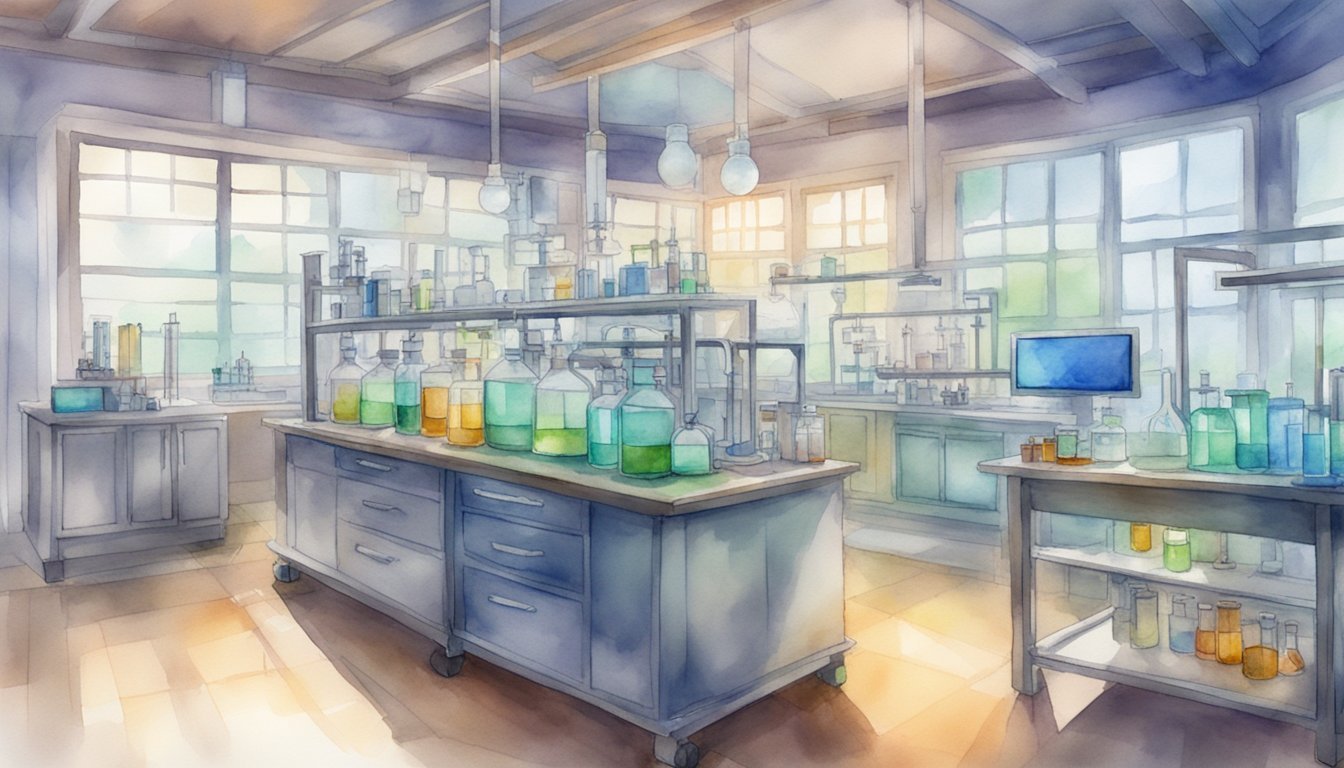
Virtual labs use new tech to make online chemistry learning better.
They let you do experiments and see reactions without a real lab.
Simulated Experiments
Virtual chemistry labs let you do experiments from anywhere.
You can mix chemicals and see reactions on your screen.
These labs use 3D graphics to show beakers, test tubes, and other tools.
You can move and use them just like in a real lab.
The software tracks what you do and shows results right away.
This quick feedback helps you learn faster.
Virtual labs are safer too.
You can try risky experiments without danger.
This lets you explore more freely.
Interactive Modules
Interactive modules make learning chemistry fun.
They use games and puzzles to teach hard topics.
You might build molecules by clicking and dragging atoms.
Or you could solve chemical equations in a quiz format.
Some modules use virtual reality to put you inside a molecule.
You can see how atoms move and bond up close.
These tools help you understand complex ideas.
They show things you can’t see in real life, like electron movement.
Interactive modules also let you work at your own pace.
You can repeat lessons as often as you need.
Best Practices For Using Virtual Labs
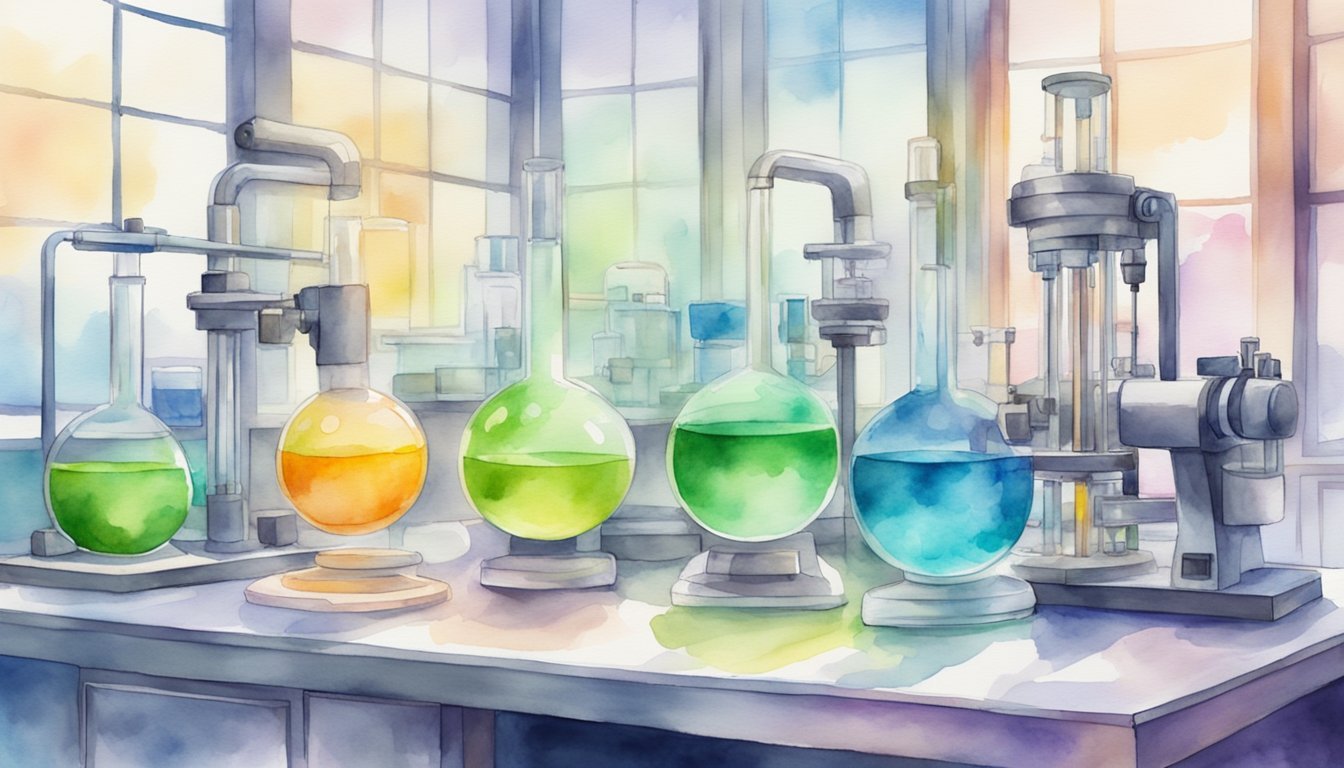
Virtual labs offer unique opportunities for chemistry students.
They provide a safe environment to experiment and learn.
Proper use of these tools can enhance understanding and skills.
Maximizing Learning Outcomes
Set clear goals before starting a virtual lab session.
Review the lab manual and understand the experiment’s purpose.
Take notes during the process, just as you would in a physical lab.
Use the virtual lab’s features fully.
Many platforms offer zooming, rotation, and measurement tools.
These help you observe reactions closely.
Don’t rush through experiments.
Take time to analyze results and think about what they mean.
Try to predict outcomes before running simulations.
Repeat experiments with different variables.
This helps deepen your grasp of chemical concepts. Virtual labs allow unlimited attempts, so use this to your advantage.
Collaborative Learning
Form study groups with classmates to discuss virtual lab experiences.
Share insights and compare results.
This mimics the teamwork often found in real labs.
Use online forums or chat rooms linked to your virtual lab platform.
Ask questions and offer help to others.
This builds a community of learners.
Consider screen-sharing during group sessions.
You can walk through complex procedures together.
This helps catch mistakes and improves understanding.
Some virtual labs support multiplayer modes.
Use these for group experiments.
It adds a fun, interactive element to your learning.
Remember to communicate clearly when working together online.
Use video calls when possible to enhance collaboration.
Frequently Asked Questions
Virtual chemistry labs offer innovative ways to learn and practice lab skills online.
They use advanced technology to simulate experiments and provide hands-on experience remotely.
Can chemistry labs be conducted effectively in an online environment?
Yes, chemistry labs can be done effectively online. Virtual laboratory experiences allow students to complete experiments using technology.
They help connect theory to practice and make chemistry concepts more real.
These online labs can meet time requirements for practical work.
They also let students redo experiments as needed to improve understanding.
What tools are available for simulating chemistry lab experiments for students?
Many tools exist for simulating chemistry experiments online.
These include interactive software, augmented reality, and virtual reality programs.
Some popular options are virtual titration labs and simulated organic reactions.
Quantum chemistry simulations and NMR spectroscopy virtual experiences are also available.
How do virtual labs ensure a safe and engaging learning experience in chemistry?
Virtual labs remove physical risks while keeping students engaged.
They let you explore dangerous reactions safely.
You can zoom in on molecular structures and repeat experiments without using up materials.
This makes learning more interactive and fun.
What are the best practices for integrating virtual labs into online chemistry curriculum?
Good integration starts with choosing the right software.
Pick tools that match your course goals and student needs.
Plan how virtual labs will fit with lectures and other coursework.
Give clear instructions on using the software and completing lab reports.
Are there any free virtual chemistry lab resources for educators and students?
Yes, free resources exist for virtual chemistry labs.
Many universities and science organizations offer open-access simulations.
Look for interactive periodic tables and basic reaction simulators online.
These can supplement paid tools in your studies.
What features should one look for when selecting virtual chemistry lab software?
Look for software with realistic 3D graphics and accurate simulations.
It should cover the experiments in your course.
Good virtual lab software lets you change variables and see results in real-time.
It should also help you record data and create lab reports easily.

